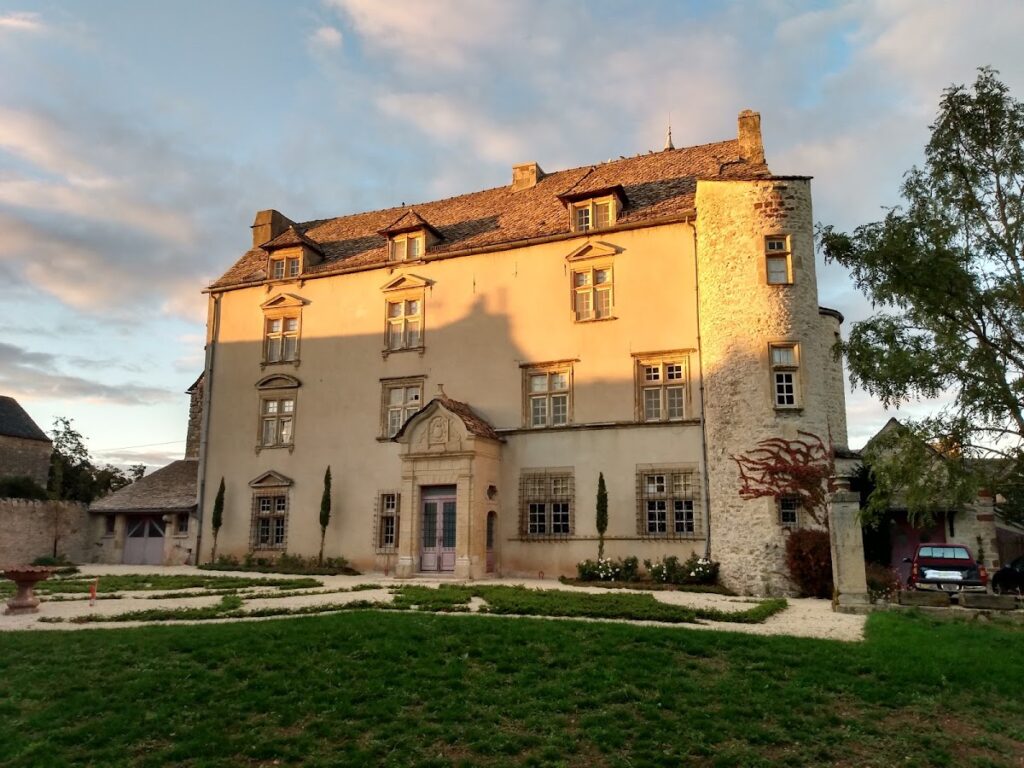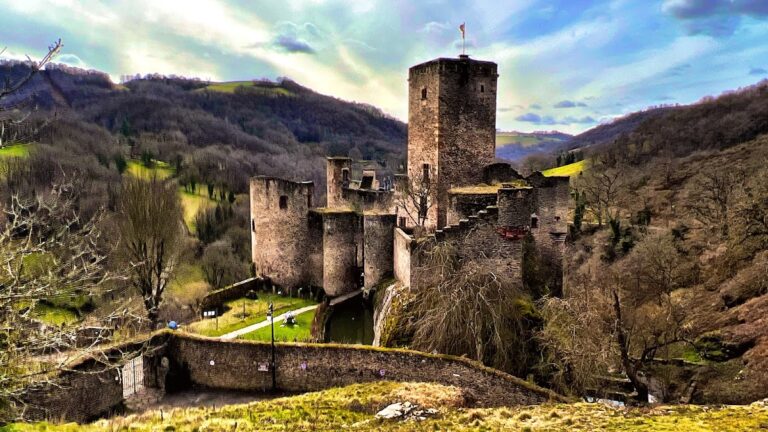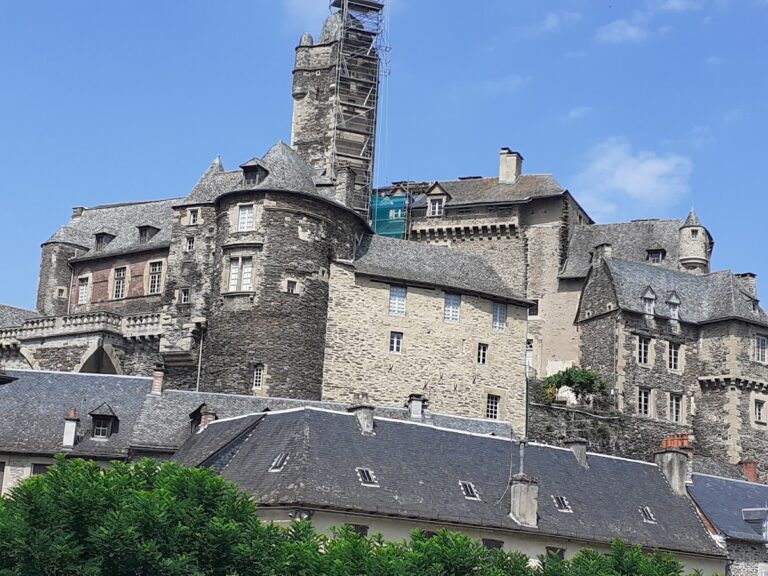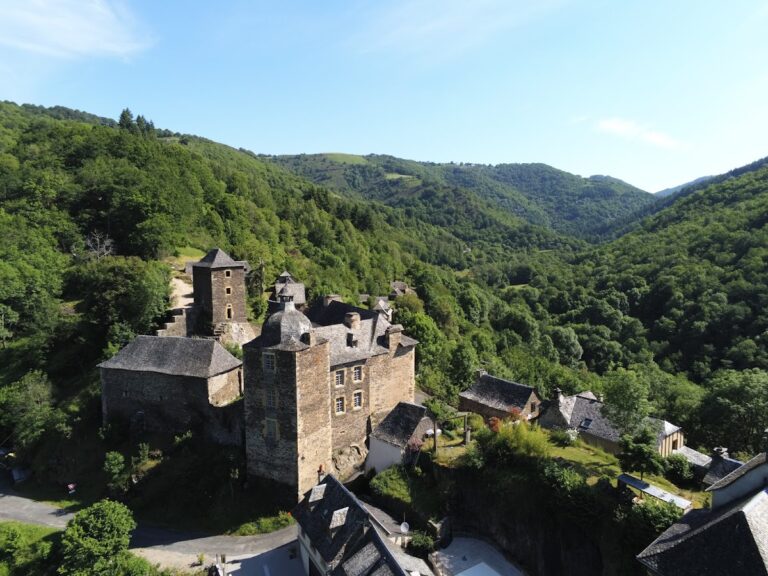Château de Balsac: A Historic Medieval and Renaissance Castle in Druelle Balsac, France
Visitor Information
Google Rating: 4.5
Popularity: Very Low
Google Maps: View on Google Maps
Official Website: www.chateaubalsac.com
Country: France
Civilization: Unclassified
Remains: Military
History
The Château de Balsac is situated in the commune of Druelle Balsac in France and traces its origins to the medieval period under the ownership of the noble families of Balsac and Glandières. Constructed initially during the Middle Ages, the castle underwent significant building and rebuilding phases in the 16th and 17th centuries, reflecting shifts in architectural styles and local power dynamics.
A pivotal moment in the castle’s history occurred in 1570 amid religious and regional conflicts. At that time, Bertrand de Glandières, serving as a captain of arquebusiers (soldiers armed with early firearms), fought against the Huguenots, the Protestant faction during the French Wars of Religion. Bertrand was taken prisoner, and the château suffered partial destruction by fire, inflicted by the sire de Montaigut to weaken his adversaries. To secure Bertrand’s release, the States General of Rouergue paid a ransom, underscoring the strategic importance of the site and its owners.
Following this turbulent period, Bertrand’s son, Louis de Glandières, also known as Louis de Balzac, undertook efforts to restore and enlarge the castle. Louis was recognized not only for his noble lineage but also for his cultural contributions as a poet and playwright. Educated in Paris under the guidance of the renowned Hellenist Daurat, Louis published works dedicated to King Henri III, placing the château within a broader context of Renaissance humanism. He rebuilt the main living quarters with Renaissance details such as mullioned windows, demonstrating a transition from medieval fortification to more refined residential architecture.
In the decades that followed, the Château de Balsac remained a contested stronghold, notably enduring a siege documented in a 1660 chronicle, signifying ongoing military relevance through the 17th century. The property passed through multiple noble families, including the Glandières, Faramond, and Grailhe lineages. The Grailhe family took possession in 1779, marking the final known noble ownership before the property changed hands multiple times during the 19th century. Among these later owners was Ernest Mercadier, an engineer and inventor, reflecting a shift from feudal stewardship to more private and professional possession.
Recognizing its historical and architectural value, the Château de Balsac was officially listed as a historic monument in 2007, preserving its legacy within France’s cultural heritage.
Remains
The Château de Balsac is composed of several interconnected structures arranged around a central courtyard, embodying construction phases from the 16th and 17th centuries. This layout reflects the evolution of the castle from a fortified medieval residence to a Renaissance-era chateau with both defensive and domestic functions.
At the heart of the complex stands the main residential building, known as the corps de logis, distinguished by its Renaissance-style mullioned windows—these are windows divided into sections by vertical stone bars called mullions. This building is flanked by circular towers and a donjon, or keep, which served as the castle’s main fortified stronghold. The presence of both towers and a keep illustrates a design combining medieval defensive features with Renaissance aesthetics.
The entrance to the château is marked by a gate framed by pilasters—flat, rectangular columns attached to the wall—and topped with a pediment, an ornamental triangular or arched feature typical of Renaissance architecture. This decorative gate asserts the transformed role of the castle as a noble residence as well as a fortress.
Despite suffering significant fire damage in 1570, the château was reconstructed, allowing many Renaissance architectural elements to survive or be restored. Photographic evidence captures views of the castle’s exterior and its notable pigeon house porch, although detailed records of the interior remain undocumented. The pigeon house, traditionally used to house doves or pigeons, was an important feature in rural noble estates for both practical and symbolic reasons.
Overall, the surviving structures of Château de Balsac reveal its layered history, combining military resilience with Renaissance refinement, preserved today as a testament to its enduring presence in the region’s landscape.







